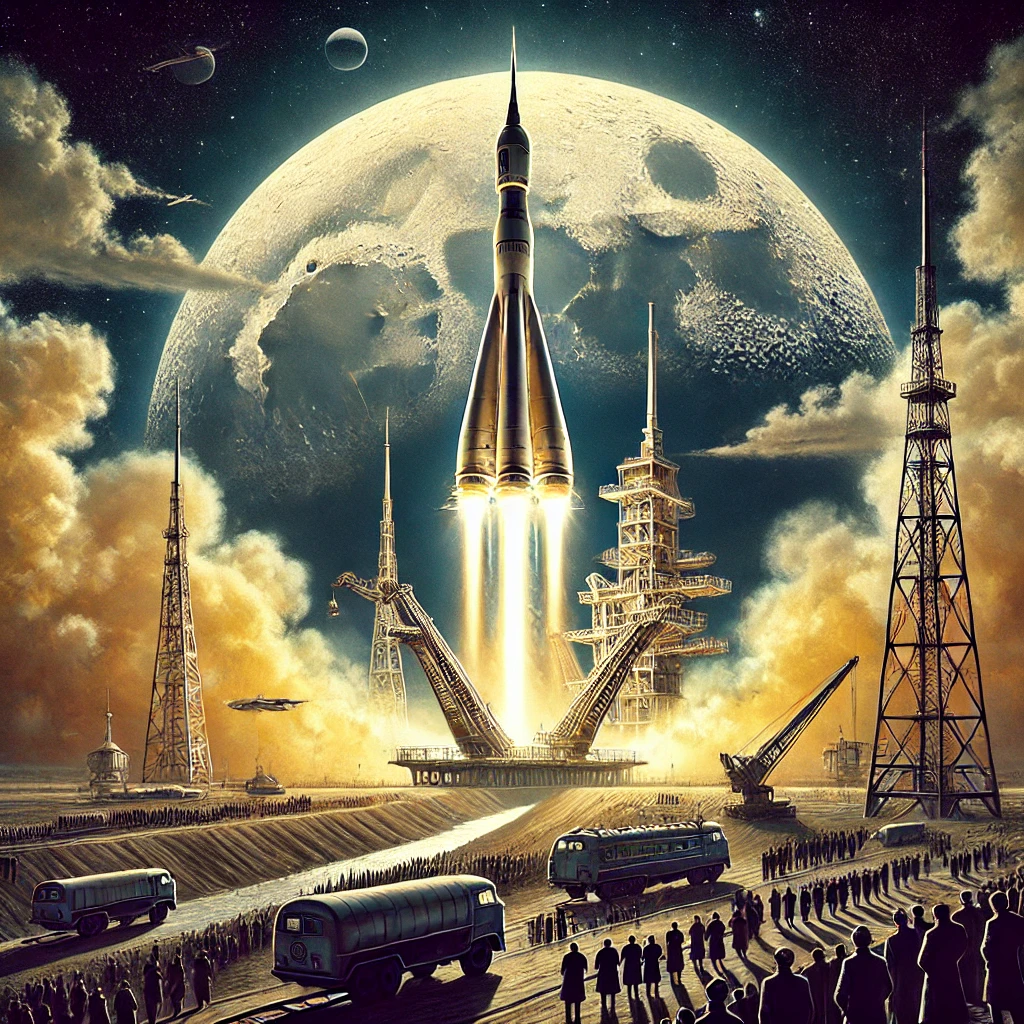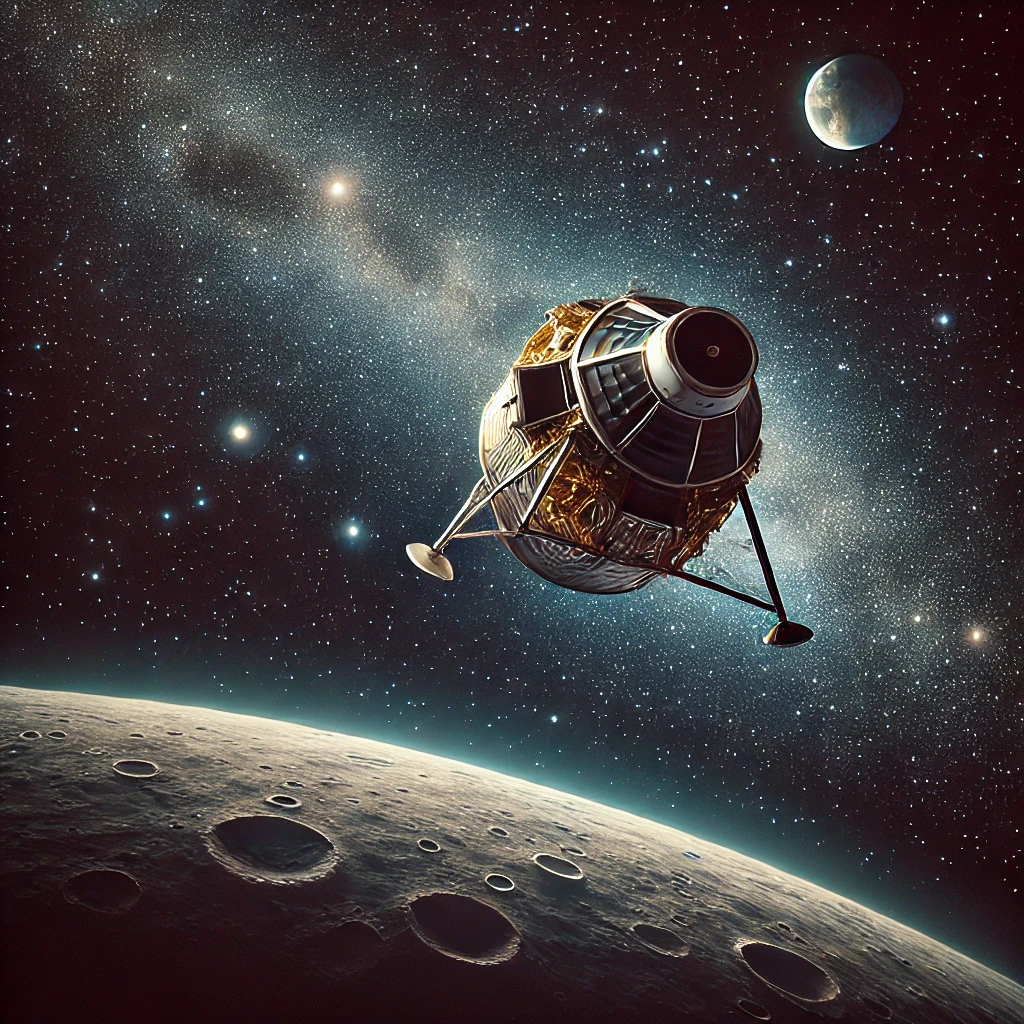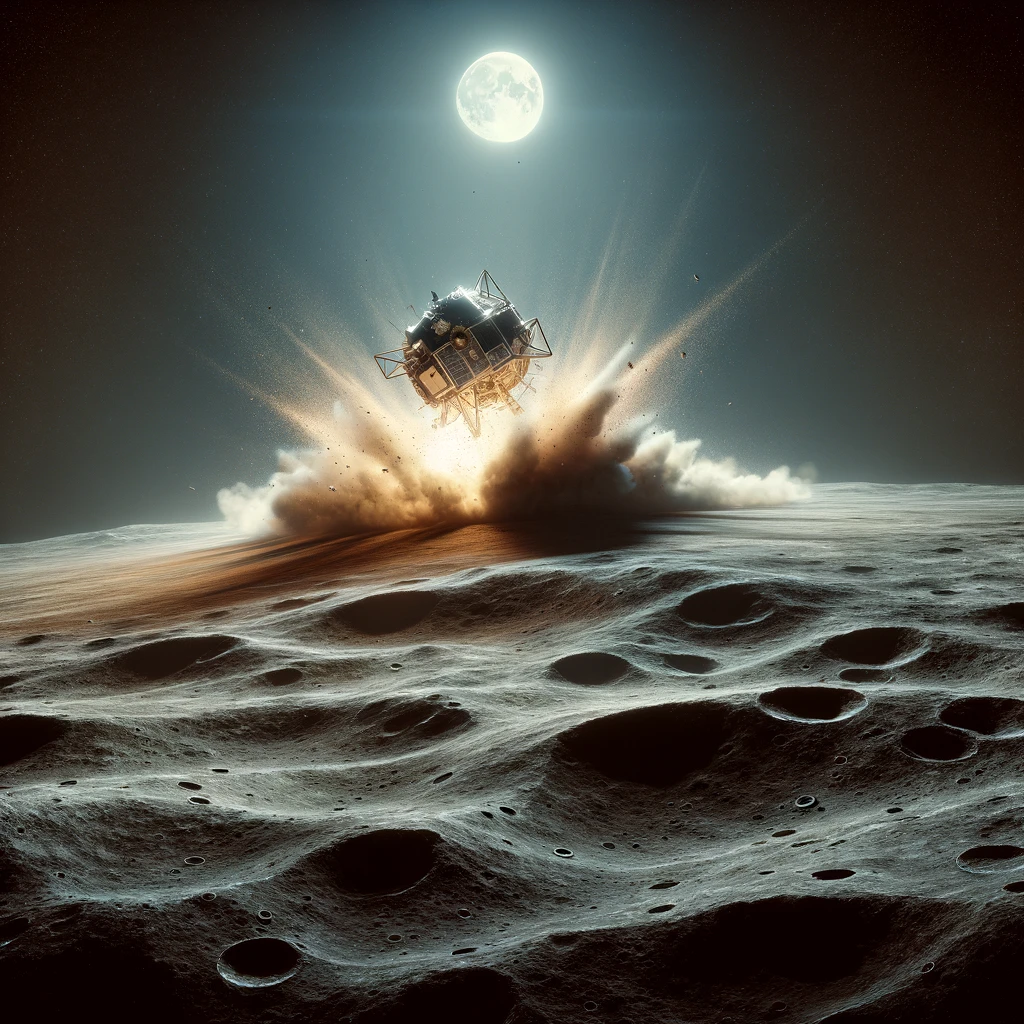On September 12, 1959, the Soviet Union made history with the launch of Luna 2, the first space probe to impact the Moon. This landmark achievement marked a significant milestone in the space race and represented a key moment in the exploration of outer space. Luna 2’s successful mission was not only a testament to Soviet engineering and scientific prowess but also a pivotal step in humanity’s quest to explore and understand the cosmos.
The Context of the Space Race
The launch of Luna 2 occurred during the height of the Cold War, a period characterized by intense competition between the United States and the Soviet Union, particularly in the field of space exploration. The space race was driven by both scientific curiosity and geopolitical motivations, as each superpower sought to demonstrate its technological superiority. The successful launch of the Soviet Union’s Sputnik 1 in 1957 had already positioned the USSR as a leader in space technology, and Luna 2’s mission aimed to build upon this early success.
Luna 2 was developed as part of the Soviet Union’s ambitious lunar program, which sought to explore and understand the Moon. The spacecraft was designed to be a direct follow-up to Luna 1, which had been the first spacecraft to reach the vicinity of the Moon but had missed its target. With Luna 2, the Soviets aimed to achieve a significant milestone by ensuring that the probe would not only reach the Moon but also make a definitive impact on its surface.

The Technical Specifications
Luna 2 was a sophisticated piece of technology for its time. The spacecraft was a spherical probe with a diameter of about 1.5 meters (5 feet), weighing approximately 390 kilograms (860 pounds). It was equipped with scientific instruments to measure cosmic rays, magnetic fields, and the radiation environment of space. Additionally, Luna 2 carried a suite of sensors designed to gather data on the lunar environment.
The probe was launched atop a modified R-7 rocket, which had been adapted to accommodate the spacecraft. The R-7 was a powerful launch vehicle, capable of sending Luna 2 on its trajectory toward the Moon. The mission was carefully planned to ensure that the spacecraft would travel through space, avoid obstacles, and ultimately impact the lunar surface. The trajectory calculations and engineering involved in the mission represented a significant achievement in space technology.
The Launch and Journey
On September 12, 1959, Luna 2 was successfully launched from the Soviet Union’s spaceport at Baikonur, Kazakhstan. The launch was executed with precision, and the probe began its journey toward the Moon. The spacecraft followed a trajectory that took it directly to the lunar surface, with no intention of orbiting the Moon. This direct impact trajectory was chosen to maximize the scientific data collected during the mission.
The journey of Luna 2 was marked by several critical phases. After leaving Earth’s orbit, the spacecraft traveled through the void of space, encountering various space phenomena. Throughout its journey, Luna 2 transmitted data back to mission control, providing valuable information about the space environment. The mission was closely monitored by scientists and engineers, who were eager to see the probe achieve its intended impact.

The Impact on the Moon
On September 13, 1959, Luna 2 successfully impacted the Moon’s surface, making it the first human-made object to reach the lunar surface. The impact site was located in the Moon’s Sea of Crises (Mare Crisium), a large, flat area on the lunar surface. The probe struck the Moon at a velocity of approximately 2.6 kilometers per second (about 5,800 miles per hour), creating a small crater and scattering debris upon impact.
The successful impact of Luna 2 was a monumental achievement in space exploration. The probe’s instruments had transmitted valuable data about the lunar environment before impact, including measurements of cosmic rays and the Moon’s magnetic field. Although Luna 2 did not survive the impact, the scientific data collected during the mission provided crucial insights into the space environment and the characteristics of the Moon.
The Scientific and Political Impact
The successful impact of Luna 2 had a profound impact on both scientific research and international relations. From a scientific perspective, the mission provided valuable data that contributed to the understanding of the lunar environment and the challenges of space travel. The information gathered by Luna 2 helped pave the way for future lunar missions and contributed to the development of more advanced space probes.
Politically, the success of Luna 2 was a significant victory for the Soviet Union in the ongoing space race with the United States. The achievement demonstrated the Soviet Union’s technological capabilities and underscored its leadership in space exploration. The mission was widely reported in the media and celebrated as a triumph of Soviet engineering and scientific expertise.

The Legacy of Luna 2
Luna 2’s successful mission left a lasting legacy in the field of space exploration. The probe’s impact on the Moon represented a major milestone in humanity’s quest to explore other celestial bodies. The mission demonstrated the feasibility of interplanetary travel and set the stage for subsequent missions to the Moon and beyond.
The success of Luna 2 also inspired future generations of scientists, engineers, and space enthusiasts. The mission highlighted the potential for human ingenuity to overcome challenges and achieve remarkable feats in space exploration. The legacy of Luna 2 continues to be remembered as a pivotal moment in the history of space travel.
The Influence on Future Missions
The achievements of Luna 2 influenced subsequent space missions and contributed to the advancement of space technology. The lessons learned from the mission informed the design and execution of future lunar probes and spacecraft. Luna 2’s success demonstrated the importance of accurate trajectory calculations, reliable launch vehicles, and effective scientific instruments.
The mission also contributed to the development of international cooperation in space exploration. As space exploration progressed, nations recognized the value of collaboration and shared knowledge. The legacy of Luna 2 serves as a reminder of the collaborative spirit that drives space exploration and the pursuit of scientific discovery.
Conclusion
The launch and impact of Luna 2 on September 12, 1959, marked a historic milestone in the exploration of space. The mission demonstrated the capabilities of Soviet technology and contributed valuable scientific data about the Moon and the space environment. Luna 2’s success was a significant achievement in the space race and laid the groundwork for future space exploration missions. The legacy of Luna 2 continues to inspire and inform the pursuit of knowledge and the exploration of the cosmos.
